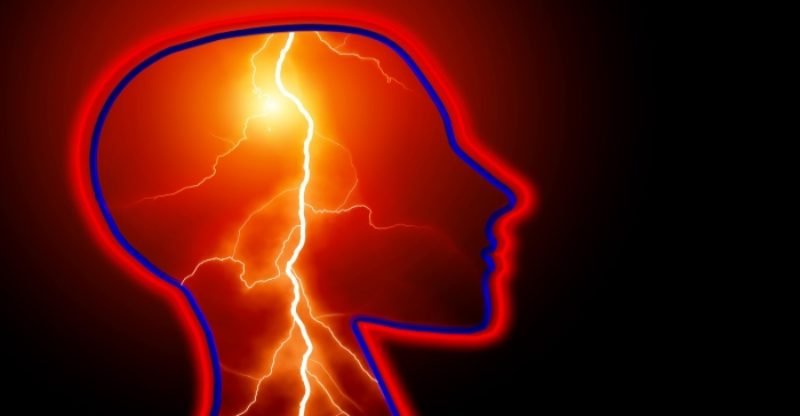The Role of Rapid Eye Movement During Dreams
What Happens to Our Bodies When We Dream
There are five phases that everyone goes through during a sleep cycle:
- In the first phase, the person is sleeping very lightly and wakes up very easily.
- The second phase is the slightly, deeper sleep.
- The deepest sleep happens in the third and fourth phases of sleep. The activity of the brain gradually slows down during these sleep phases.
- After the fourth phase, about an hour and a half after a person sleeps, phase five, Rapid Eye Movement or REM and dreams begin.
Two researchers from the University of Chicago discovered Rapid Eye Movement (REM). They were physiology graduate student Eugene Aserinsky and physiology chairman Dr. Nathaniel Kleitman.
There are several changes that occur physiologically when dreaming – breathing and heart rate becomes faster, blood pressure rises and you cannot regulate the temperature of your body. Also, the brain activity increases to same level when you are awake or at times even higher.
Temporary Paralysis Occurs When We Dream
The entire body is paralyzed until the REM sleep ends. Paralysis when dreaming is caused by the body’s release of an amino acid called glycine from the stem of the brain to the neurons that send impulses to the spinal cord.
Dreaming mostly occurs during REM sleep. The glycine release that causes paralysis prevents sleeping people from acting out their dreams. Or else, if you are sleeping beside someone who is having dreams of hitting another person, you might end up getting punched in the face or in the arms. We all go through the five sleep stages several times throughout the entire night.
Non-REM Sleep Stages
The four phases prior to the REM stage are called non-REM sleep (NREM) sleep phases. Though most dreaming occurs during REM sleep, recent studies show that dreaming may take place at any sleep stage.
According to Dr. Tore A. Nielsen of the Dream and Nightmare Laboratory in Montreal, it is referred to as the “concealed REM sleep”. Nevertheless, dreaming during non-REM sleep (NREM) is not as intense during REM sleep. We all go through the five sleep stages several times throughout the entire night. That is why we sometimes have different dreams in a single night.
What the Experts Conclude About REM Sleep
Most researchers have concluded that dreaming rarely takes place outside of REM sleep. Researchers also speculated that dreaming is a safety valve that helps the brain release some steam that you cannot release when you were still awake.
Dr. William Dement conducted a study in 1960 in which he tested some subjects by awakening them before they entered REM sleep. The findings of Dr. William Dement included: anxiety, irritability and concentration problems among the subjects. Further studies were performed by other experts. Some backed up the findings of Dr. Dement while other researches contradict his research.




